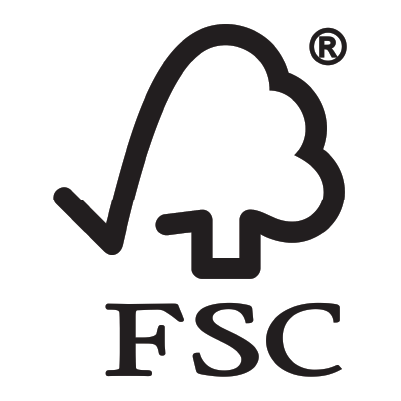Green building certifications, such as LEED (Leadership in Energy and Environmental Design), provide a framework for sustainable construction practices and help promote environmentally conscious building projects. Engineered bamboo products have emerged as a valuable asset in achieving these certifications. In this post, we will explore how engineered bamboo products contribute to LEED and other green building certifications, showcasing their role in creating eco-friendly and sustainable structures.
- Material Selection and Resource Efficiency:
Engineered bamboo products make a compelling case for material selection and resource efficiency credits in green building certifications. Bamboo is a rapidly renewable resource that reaches maturity in just a few years, compared to the decades required for traditional timber species. Its cultivation does not contribute to deforestation, and its efficient use of resources and energy during manufacturing further enhances its eco-friendly profile.
- Sustainable Sites and Land Conservation:
Engineered bamboo products can contribute to credits related to sustainable sites and land conservation. Bamboo plantations can be established on degraded or underutilized land, helping to restore and revitalize these areas. By opting for bamboo-based materials, builders can actively participate in land conservation efforts while creating sustainable structures.
- Indoor Environmental Quality (IEQ):
Engineered bamboo products positively impact indoor environmental quality, another crucial aspect of green building certifications. Bamboo has natural antimicrobial and antibacterial properties, which inhibit the growth of harmful microorganisms and promote healthier indoor environments. Additionally, engineered bamboo emits fewer volatile organic compounds (VOCs) compared to some synthetic materials, ensuring better air quality for occupants.
- Energy Efficiency and Thermal Performance:
Buildings incorporating engineered bamboo products can benefit from energy efficiency and thermal performance credits. Bamboo’s natural insulating properties help regulate temperature and reduce energy demands for heating and cooling. This can contribute to improved energy performance and lower operational costs, both of which are highly valued in green building certifications.
- Innovation and Design:
Engineered bamboo products offer innovative and sustainable design possibilities, promoting credits related to innovation and design excellence. Bamboo’s versatility allows for creative applications in architectural elements, interior finishes, and furniture design. The use of engineered bamboo demonstrates a commitment to pushing the boundaries of sustainable construction, which can be recognized and rewarded in green building certifications.
- Life Cycle Assessment (LCA) and Environmental Impact:
Engineered bamboo products exhibit favorable life cycle assessment results, considering their lower environmental impact compared to traditional materials. LCA credits within green building certifications recognize the reduced carbon footprint, energy consumption, and waste generation associated with engineered bamboo. These certifications validate the eco-friendly nature of bamboo-based materials and their positive contribution to sustainable building practices.
Engineered bamboo products have established themselves as key contributors to achieving green building certifications like LEED. Their sustainable attributes, including rapid renewability, resource efficiency, improved indoor environmental quality, energy efficiency, and design innovation, position them as eco-friendly alternatives to traditional building materials. By incorporating engineered bamboo into construction projects, architects, builders, and developers can meet the stringent criteria of green building certifications, creating structures that prioritize sustainability, reduce environmental impact, and provide healthier spaces for occupants






